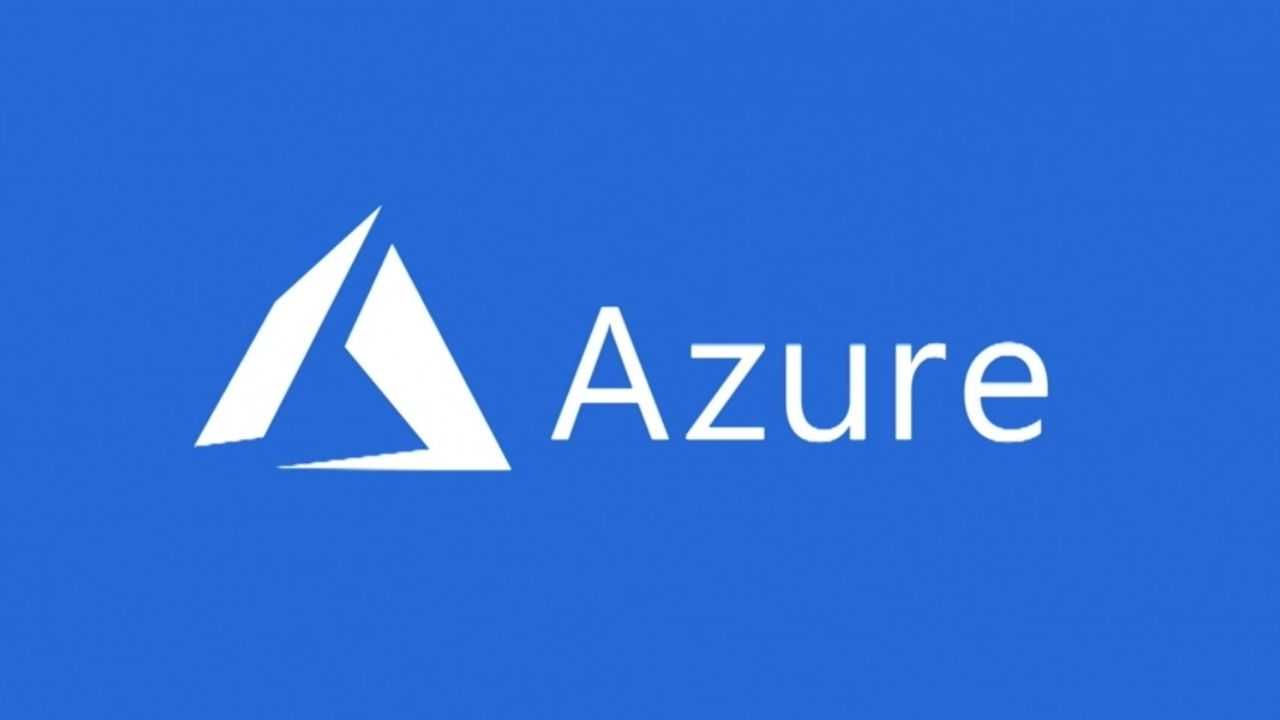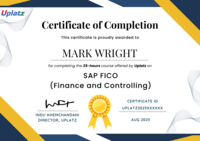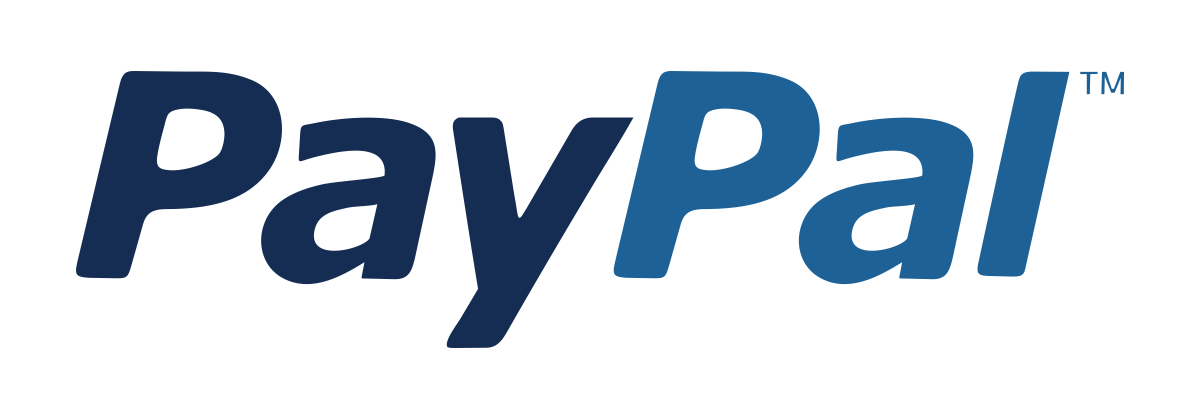Terraform: Automating Cloud Infrastructure
Learn to provision, manage, and automate cloud infrastructure using Terraform with hands-on projects and real-world deployment strategies.Preview Terraform: Automating Cloud Infrastructure course
Price Match Guarantee Full Lifetime Access Access on any Device Technical Support Secure Checkout Course Completion Certificate 91% Started a new career
BUY THIS COURSE (
91% Started a new career
BUY THIS COURSE (GBP 12 GBP 29 )-
 87% Got a pay increase and promotion
87% Got a pay increase and promotion
Students also bought -
-

- Premium Career Track - Chief Technology Officer (CTO)
- 1000 Hours
- GBP 39
- 5214 Learners
-

- Amazon Web Services (AWS)
- 28 Hours
- GBP 12
- 820 Learners
-

- Microsoft Azure Fundamentals
- 40 Hours
- GBP 12
- 3673 Learners

Terraform – Self-Paced Online Course
Terraform is a thoughtfully designed learning experience for individuals eager to master Infrastructure as Code (IaC) through one of the most powerful and in-demand tools in the DevOps ecosystem—Terraform by HashiCorp. Whether you are an absolute beginner curious about the foundations of cloud automation or an experienced professional aiming to solidify your Terraform expertise, this course provides a structured, flexible, and practical path to get you there.
In today’s rapidly evolving IT landscape, managing infrastructure manually has become unsustainable. Businesses are increasingly shifting toward scalable, repeatable, and efficient infrastructure practices—and that’s where Terraform stands out. By using a declarative configuration language, Terraform allows users to automate the provisioning and management of cloud resources across multiple platforms, including AWS, Azure, Google Cloud Platform, and hybrid environments. This course dives deep into these capabilities and empowers you to wield Terraform confidently in real-world scenarios.
What Makes This Course Unique?
What sets this course apart is its comprehensive, hands-on approach. Rather than skimming the surface or focusing only on theoretical concepts, it provides a well-rounded learning experience that blends theory, application, and practice. You’ll not only learn what Terraform is and how it works, but also how to use it effectively in a professional environment.
- Self-Paced, Yet Structured: One of the core strengths of this course is its flexibility. The self-paced format means you can learn on your own schedule, pause when needed, and revisit complex topics at your convenience. Yet, it doesn’t compromise on structure—lessons are carefully sequenced to build your knowledge step-by-step, ensuring that foundational concepts are mastered before moving on to more advanced material.
- Real-World Focus: Many Terraform tutorials end at “Hello, World.” This course goes further. It includes in-depth case studies and real-world projects to simulate what it's like to implement Terraform in enterprise environments. You'll learn how to design infrastructure that's secure, reusable, and aligned with business goals.
- Expert-Led Instruction: Developed by seasoned professionals with hands-on experience in cloud architecture, DevOps, and automation, this course is shaped by industry insight and real-world challenges. You’re not just learning best practices—you’re learning battle-tested strategies used by organizations around the globe.
- Practical Configuration Examples: Each concept is accompanied by real configuration examples that you can immediately apply. You’ll not only read about Terraform code—you’ll write it, debug it, and refine it. You’ll understand how modules work, how to manage state files, and how to structure configurations for clarity and scalability.
- CI/CD and Enterprise Readiness: As you progress through the course, you’ll be introduced to more complex topics such as integrating Terraform into continuous integration and delivery pipelines, managing environments, and applying Terraform practices in enterprise settings. This ensures that you’re not only job-ready but also prepared to scale Terraform usage in large teams and complex infrastructures.
- Community and Lifetime Access: Learning is more effective when you’re supported. While the course is self-paced, you’re not alone. You'll gain access to an online community of peers and instructors where you can ask questions, share ideas, and collaborate. Plus, the course includes lifetime access to all materials, including future updates, ensuring that you stay current with evolving Terraform capabilities and best practices.
How to Use This Course
To get the most out of this course, it’s recommended that learners follow a few key strategies:
- Set a regular study schedule: Even though it’s self-paced, consistency is key. Try to dedicate specific times each week to watch the lectures, complete exercises, and review concepts.
- Apply as you learn: Terraform is a tool best learned by doing. Set up a sandbox environment using a cloud provider’s free tier (like AWS Free Tier or Google Cloud credits) to practice writing and applying configurations in real-time.
- Take notes and reflect: After each module, jot down key takeaways, questions, and things you’d like to explore further. Use these reflections to revisit difficult concepts or dive deeper into advanced topics later on.
- Use the projects as a portfolio: The real-world projects included in the course aren’t just exercises—they’re assets. Treat them as portfolio pieces to showcase your Terraform skills to potential employers or clients.
- Join the community: Participate in discussions, ask questions, and help others. Teaching and collaboration are great ways to reinforce your own learning.
- Repeat and reinforce: Concepts like state management, module creation, and CI/CD integration can be complex. Don’t hesitate to rewatch lessons and rework exercises as needed. Mastery comes through repetition and refinement.
Why This Course Matters
In a world where automation and cloud infrastructure are foundational to business success, knowing how to write and manage Infrastructure as Code is no longer optional—it’s essential. Terraform has become the industry standard for IaC, and organizations are actively seeking professionals who can leverage its power to build resilient, maintainable, and scalable infrastructure.
By the end of this course, you’ll not only understand how Terraform works—you’ll know how to make it work for you. You’ll be ready to take on infrastructure automation tasks confidently, whether as a cloud engineer, DevOps practitioner, or system administrator. More importantly, you’ll have the mindset and skills to grow with the technology as it evolves.
Course/Topic 1 - Course access through Google Drive
-
Google Drive
-
Google Drive
By the end of this course, learners will be able to:
- Understand the principles of Infrastructure as Code (IaC) and Terraform’s advantages over other tools.
- Install and configure Terraform across multiple platforms.
- Use HCL (HashiCorp Configuration Language) to write infrastructure definitions.
- Work with Terraform commands and understand the lifecycle (init, plan, apply, destroy).
- Configure providers, resources, and data sources effectively.
- Use modules to create reusable, maintainable codebases.
- Manage state files locally and remotely with backends like S3, Azure Storage, etc.
- Handle secrets securely and implement security best practices.
- Integrate Terraform with version control and CI/CD tools like GitHub Actions and Jenkins.
- Debug, test, and lint Terraform configurations using industry-standard tools.
- Build and deploy production-grade infrastructure across single and multi-cloud environments.
Terraform - Course Syllabus
Module 1: Introduction to Terraform
1. What is Terraform?
- Overview of Infrastructure as Code (IaC)
- Benefits of Terraform for managing infrastructure
- Terraform vs. other IaC tools (e.g., CloudFormation, Ansible)
2. Getting Started with Terraform
- Installation and setup (Windows, macOS, Linux)
- Introduction to HashiCorp Configuration Language (HCL)
3. Understanding Terraform Workflow
- terraform init, terraform plan, terraform apply, terraform destroy
- The role of the state file
Module 2: Terraform Core Concepts
1. Providers
- What are providers?
- Configuring and using cloud providers (e.g., AWS, Azure, GCP)
2. Resources
- Creating, reading, updating, and deleting resources
- Resource types and configurations
3. Data Sources
- Using data sources to fetch existing resources or information
4. Variables and Outputs
- Defining variables
- Using outputs to expose data
- Best practices for variable management
Module 3: Working with Modules
1. What are Terraform Modules?
- Understanding the need for modules
- Reusable modules for organizing code
2. Using Public and Private Modules
- Fetching public modules from the Terraform Registry
- Creating and using private modules
3. Module Best Practices
- Structuring and organizing modules
- Module versioning and management
Module 4: Managing State
1. State in Terraform
- What is Terraform state? Why is it important?
- Local vs. remote state management
2. Backend Configurations
- Remote backends: S3, Azure Storage, Google Cloud Storage
- Managing state locks with DynamoDB or Consul
3. State Manipulation
- Viewing state with terraform state
- State file commands: terraform state pull, terraform state push
- Importing existing resources into Terraform state
Module 5: Review knowledge in AWS, Ansible, and Git
Module 6: Advanced Terraform Features
1. Workspaces
- Using workspaces for environment management (e.g., dev, staging, prod)
- Workspace commands: terraform workspace
2. Count and For_each
- Using count for resource scaling
- Using for_each for dynamic resource management
3. Provisioners
- Introduction to provisioners: local-exec, remote-exec
- Use cases and limitations of provisioners
Module 7: Terraform Security Best Practices
1. Managing Secrets and Sensitive Data
- Securely managing secrets (e.g., using AWS Secrets Manager, Vault)
- Handling sensitive variables in Terraform
2. IAM and Access Control
- Managing access to resources with IAM roles and policies
- Securing Terraform state (encryption, access control)
3. Terraform Security Best Practices
- Avoiding hardcoding sensitive information in configuration files
- Best practices for managing cloud provider credentials
Module 8: Terraform in CI/CD
1. Terraform and Continuous Integration/Continuous Deployment (CI/CD)
- Integrating Terraform with GitHub Actions, Jenkins, GitLab CI
- Automating terraform plan and terraform apply in pipelines
2. Terraform Cloud & Enterprise
- Introduction to Terraform Cloud
- Workspaces, VCS integration, and collaboration in Terraform Cloud
- Benefits of Terraform Enterprise for team management
Module 9: Testing and Debugging Terraform Configurations
1. Terraform Debugging Techniques
- Debugging with TF_LOG environment variable
- Common error messages and troubleshooting strategies
2. Automated Testing for Terraform
- Introduction to testing tools (e.g., terratest, kitchen-terraform)
- Writing and running tests for Terraform configurations
3. Terraform Linting and Formatting
- Using terraform fmt for code formatting
- Using terraform validate for checking configurations
Module 10: Terraform for Multi-Cloud and Hybrid Environments
1. Managing Multi-Cloud Infrastructure
- Using Terraform to manage resources across AWS, Azure, and GCP
- Best practices for managing multi-cloud environments
2. Hybrid Cloud Setup with Terraform
- Integrating on-premises infrastructure with cloud resources
- Using Terraform to automate hybrid cloud deployments
Module 11: Best Practices & Advanced Topics
1. Best Practices for Structuring Terraform Projects
- Organizing code with directories, files, and modules
- Handling large infrastructure codebases
2. Terraform Cloud and Remote Execution
- Benefits of remote execution and state storage
- Using Terraform Cloud for collaboration
3. Advanced Terraform Features
- Dynamic Blocks and Expressions
- Managing Dependencies and Resource Graph
Module 12: Hands-on Project
1. Real-World Infrastructure Deployment
- Building and deploying a production-ready infrastructure using Terraform
- Configuring resources like VPC, EC2 instances, databases, and storage
2. End-to-End Project with CI/CD Integration
- Integrating Terraform in a CI/CD pipeline for automated deployment
Module 13: Conclusion & Next Steps
Upon successful completion of the Terraform course, learners will receive a Course Completion Certificate from Uplatz. This credential verifies your skills in Infrastructure as Code and automating cloud infrastructure with Terraform.
It demonstrates your proficiency in deploying, scaling, and managing infrastructure across platforms such as AWS, Azure, and Google Cloud using Terraform.
Mastering Terraform opens doors to a wide range of high-demand roles in cloud and DevOps engineering. With growing emphasis on automation and scalability in cloud operations, Terraform has become a cornerstone in the modern DevOps toolchain.
Career Opportunities Include:
- DevOps Engineer
- Cloud Infrastructure Engineer
- Site Reliability Engineer (SRE)
- Platform Engineer
- Terraform Consultant
- Cloud Automation Architect
Industries Actively Hiring:
- Cloud Services & SaaS Providers
- FinTech and Banking
- eCommerce & Logistics
- Healthcare & Insurance
- Government and Public Sector
- IT Consulting & Managed Services
- What is Terraform and how does it differ from other IaC tools?
Terraform is a declarative IaC tool by HashiCorp. Unlike Ansible (imperative) or CloudFormation (AWS-only), it supports multiple cloud providers with a unified syntax. - Explain the Terraform workflow.
The workflow includes: terraform init (initialize), plan (preview changes), apply (execute changes), and destroy (tear down). - What is a Terraform provider?
A provider is a plugin responsible for interacting with APIs of cloud platforms (e.g., AWS, Azure, GCP) and other services. - How does Terraform manage state?
Terraform uses a state file to track the current infrastructure. This file can be stored locally or remotely (e.g., S3 + DynamoDB). - What are modules in Terraform and why are they useful?
Modules are reusable configurations. They help organize code, promote reusability, and support large-scale infrastructure. - How do you handle sensitive data in Terraform?
Sensitive data should be stored using environment variables, encrypted backends, or secret managers like Vault or AWS Secrets Manager. - What are provisioners in Terraform?
Provisioners execute scripts or commands on a local or remote machine during resource creation. Their use is discouraged for critical logic. - How is Terraform used in CI/CD pipelines?
Terraform is integrated with CI tools like GitHub Actions or Jenkins to automate infrastructure provisioning and changes in a controlled pipeline. - What are dynamic blocks in Terraform?
Dynamic blocks generate repeatable configuration blocks within a resource or module based on data structures like maps or lists. - Can Terraform be used in multi-cloud or hybrid environments?
Yes, Terraform supports managing resources across AWS, Azure, GCP, and on-premise environments in a unified workflow.









